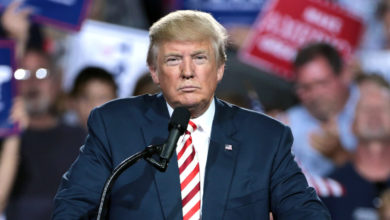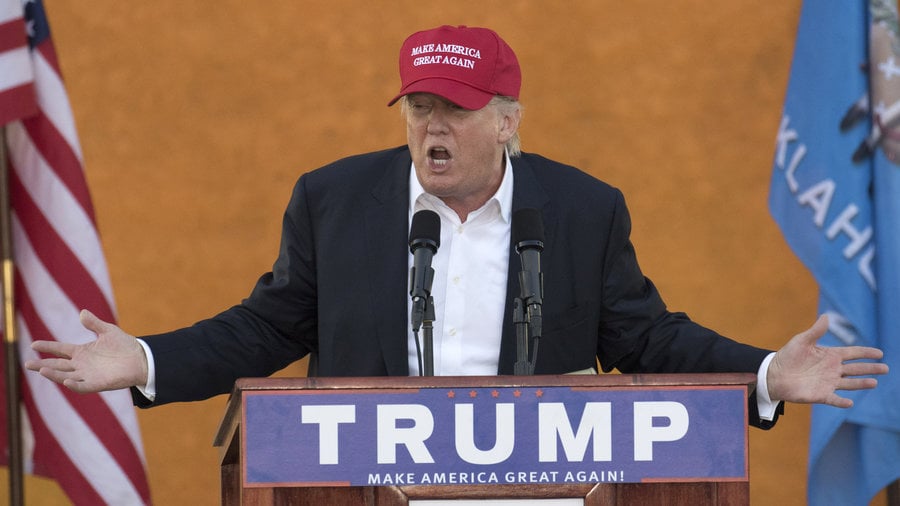Washington, D.C., National Guard commander William Walker, along with other top officials, testified before Congress this week regarding the Jan. 6 assault on the Capitol building by a fascist-led mob. The testimony involved critical information about the timeline of events between the first request by Capitol Police for National Guard assistance and the Pentagon’s eventual approval of the Guard’s deployment. The hearing also dealt with the level of seriousness and urgency with which senior officials responded to intelligence gathered in the days prior about the members of the mob planning for the attack.
According to Walker, the lag time between the Capitol Police’s emergency request for help and the deployment of the National Guard was three hours and 19 minutes. The response of the Pentagon and high-ranking military officials to the breach of the Capitol Building did not occur until several hours after the right-wing groups had entered. Walker’s testimony was not the first account to suggest that senior military leaders played a role in kneecapping efforts to respond to the siege at the Capitol. This points to more than just a mishandling of the response or a breakdown in communication. It rather indicates a concerted effort by high level Pentagon officials to keep Capitol defenses at a minimum and facilitate the rioters in their attempts to overturn the 2020 election results.
But why was the decision about deploying the National Guard being made as the assault was underway, instead of in the days leading up to Jan. 6? FBI Director Christopher Wray testified that although plans for the attack were widely circulated on social media ahead of time, reports were “uncorroborated.” As such, higher ranking officials were not alerted to the danger. The idea that intelligence officials would simply shrug their shoulders at widespread threats of physical violence targeting some of the most important leaders of the U.S. government as they carry out one of their most important tasks — the “peaceful transfer of power” — is highly questionable.
Additionally, it is important to note that no such benefit of the doubt was extended to the anti-racism protests throughout the summer of 2020. Thousands of National Guard troops were deployed in Washington, D.C., and other cities around the country in immediate, and even preemptive, responses to the uprising. When protesters marched against racist police terror this summer, National Guard troops were deployed to key sites. Over 14,000 arrests — approximately 450 per day — were made within the first month following George Floyd’s murder.
One can only imagine the type of overwhelming force that would be deployed if a progressive demonstration were to threaten violence against top government officials! The threats against the Capitol by fascists, however, were somehow dismissed as too insignificant to call for the presence of the National Guard.
One aspect of the Jan. 6 attack and its aftermath that did not feature in this week’s testimony is the legal impunity enjoyed by Donald Trump — who incited, encouraged and enabled the plot. The federal government had the ability to indict and arrest Trump following his involvement in those events. Instead, it chose to hold an impeachment trial, which ultimately saw him acquitted. It is still possible for criminal charges to be brought against Trump. That decision rests with Joe Biden’s Justice Department.
It is becoming even clearer that major sections of the government were unconcerned with stopping the Capitol assault, and actually assisted the fascist-led mob through their inaction. To avoid similar acts of violence in the future, all those involved in the conspiracy, including their leader Trump, must be held accountable.




